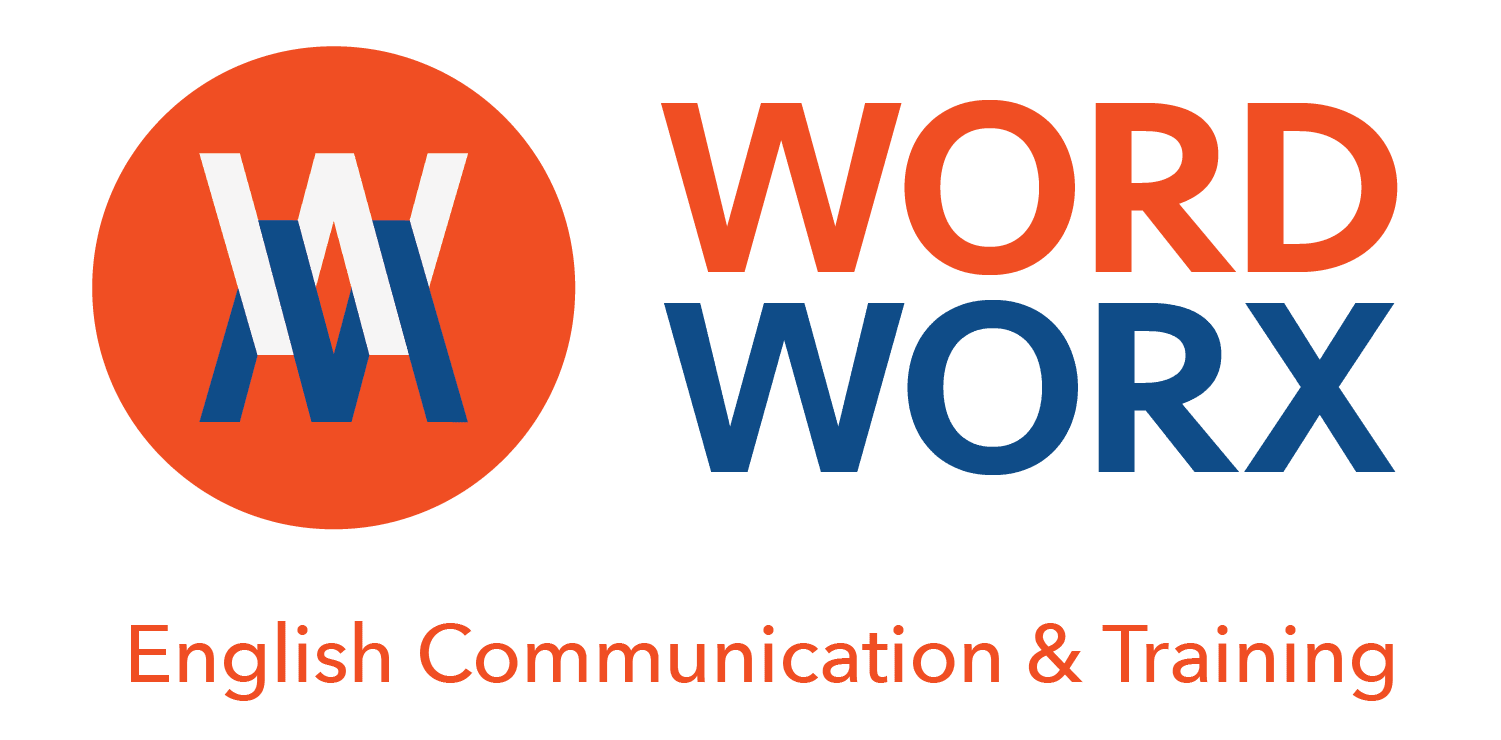When designing a three-day copywriting course tailored to a specific client, there are several key elements I always consider. My goal is to ensure that each participant gains practical, relevant skills that they can apply immediately in their work. Here are five key things I focus on:
1. Assessing Participants’ Writing Levels
The first thing I do is evaluate the writing and English proficiency levels of each participant. Understanding their starting point helps me tailor the copywriting course to their needs. I typically ask participants to complete a form or submit writing samples across different mediums. This allows me to gauge their strengths and areas for improvement and ensures that the training is beneficial for both confident writers and those who are less confident.

2. Conducting In-Depth Company Research
Unlike most online training programmes, my approach is highly customised to the company, industry, and sector. I invest significant time researching the company, its industry trends, and the latest hot topics to incorporate relevant examples into the training.
I also connect with participants on LinkedIn and review their submitted materials to understand their roles and challenges. During the initial call with the client, I ask the following key questions:
- Do they use AI in their writing, or do they rely purely on their own words?
- What tools and systems do they use for copywriting?
- Do they follow an editorial style guide or brand voice guidelines?
Because participants often have varied skill levels — some may be native English speakers with advanced writing skills, while others may be non-native speakers struggling with persuasive writing — I ensure that the copywriting course challenges strong writers while also remaining accessible to those who need more foundational support.
3. Incorporating Writing Theories and Persuasion Techniques
One of the most engaging aspects of my copywriting course is helping participants understand why certain writing techniques work. I introduce persuasive writing tactics they can apply daily, drawing on psychological principles influencing reader behaviour.
For example, I show how the structure of a sentence can shape the reader’s decision-making process. Many participants find it eye-opening to see how subtle changes in wording, sentence structure, and emphasis can lead to more effective messaging.
4. Evaluating and Challenging the Use of AI and Writing Tools
A key part of my copywriting course involves analysing the tools participants use in their work. Many corporate communications and marketing teams now incorporate AI into their processes, often without a clear strategy. I challenge participants to use AI more effectively, not just as a shortcut but as a complement to strong writing fundamentals.
Generally, I’m not a huge fan of AI-generated copy; however, AI-use is becoming unavoidable in professional settings. My training focuses on using AI responsibly —using it for brainstorming and first drafts while also importantly ensuring that human creativity and brand voice remain intact.
Moreover, I introduce participants to industry-standard tools used by many communications and marketing teams, helping them explore new ways to enhance their efficiency without compromising quality.
5. Refining Tone, Style, and Consistency
A significant portion of my copywriting course is dedicated to refining tone and style. We explore how subtle changes in punctuation, vocabulary, and sentence length can drastically alter the feel of a piece of writing.
I research the company’s industry and target audience and encourage participants to immerse themselves in their customers’ language. If the company has defined customer personas, we use them to tailor our writing and I do this through practical examples. We examine:
- What kind of vocabulary resonates with their audience?
- How can they adapt their tone and style to different platforms while maintaining consistency?
I also emphasise the importance of maintaining a coherent brand voice across all content. Many companies struggle with consistency — social media posts written by AI may sound largely different from website copy. Whether intentional or not, these differences can weaken a brand’s credibility. My copywriting course helps participants identify and resolve these kinds of inconsistencies to strengthen their messaging.
Contact Me for a Tailor-Made Copywriting Course Today
Creating a tailor-made copywriting course is not something that can be done overnight. I spend hours researching, analysing, and gathering materials to design a training that meets participants at their respective levels.
Contact me today if your communications or marketing team could benefit from a customised copywriting course. My training serves as a valuable skill-building experience and a great team-building activity. I offer both online sessions and in-person training within the Benelux region. Make contact today: info@elizabethjoss.com.
